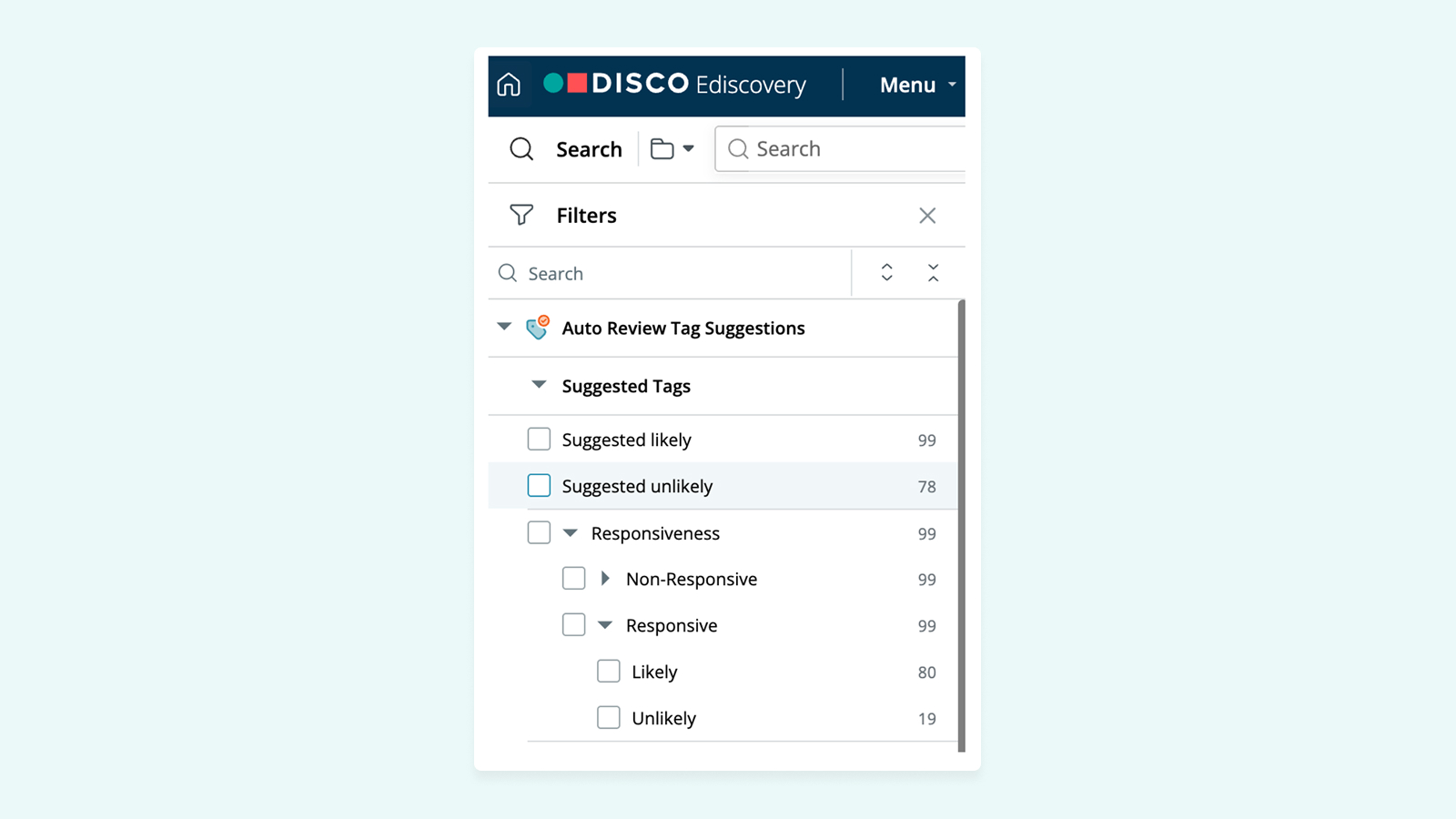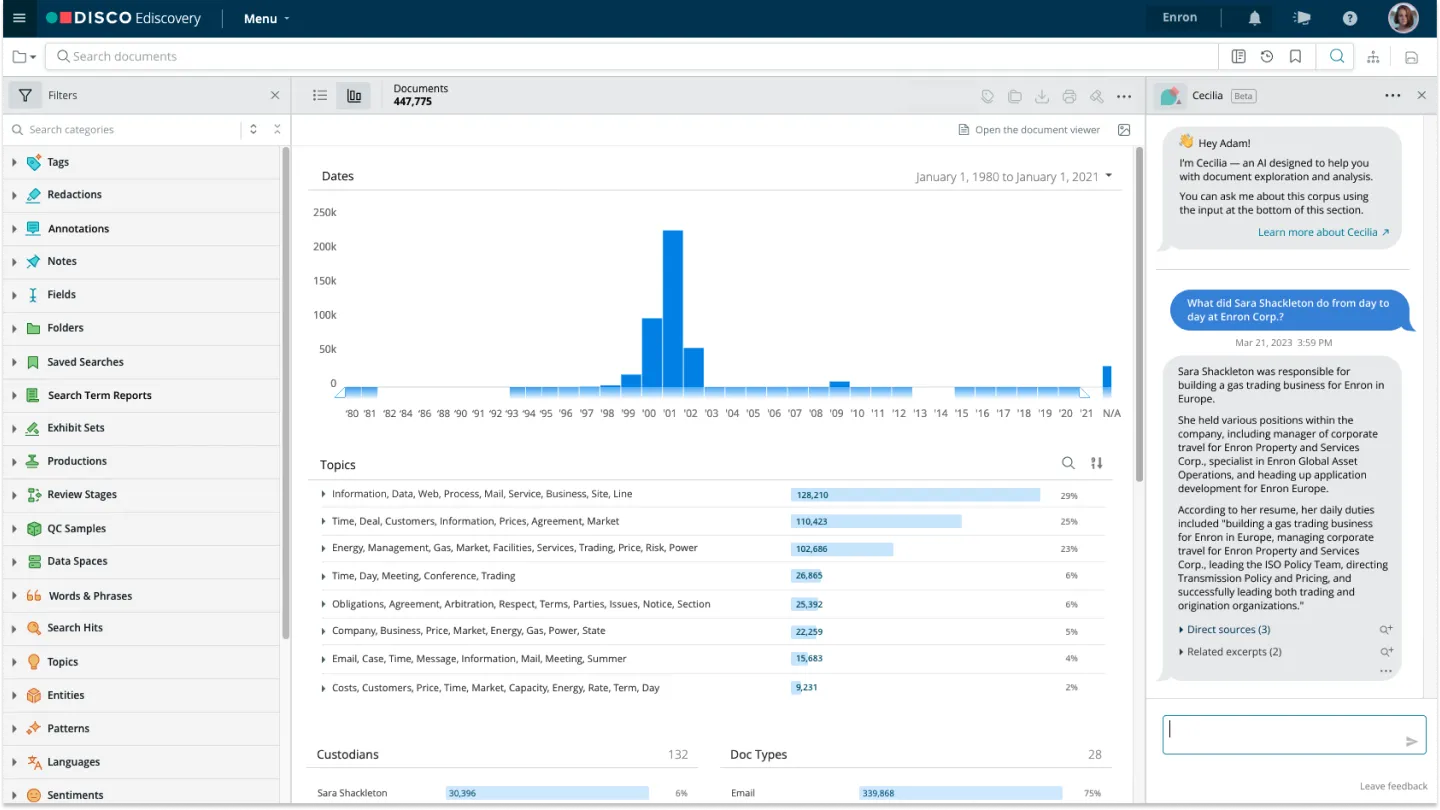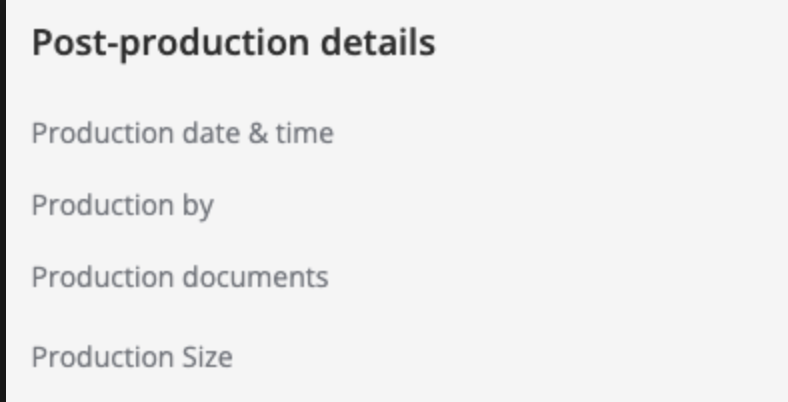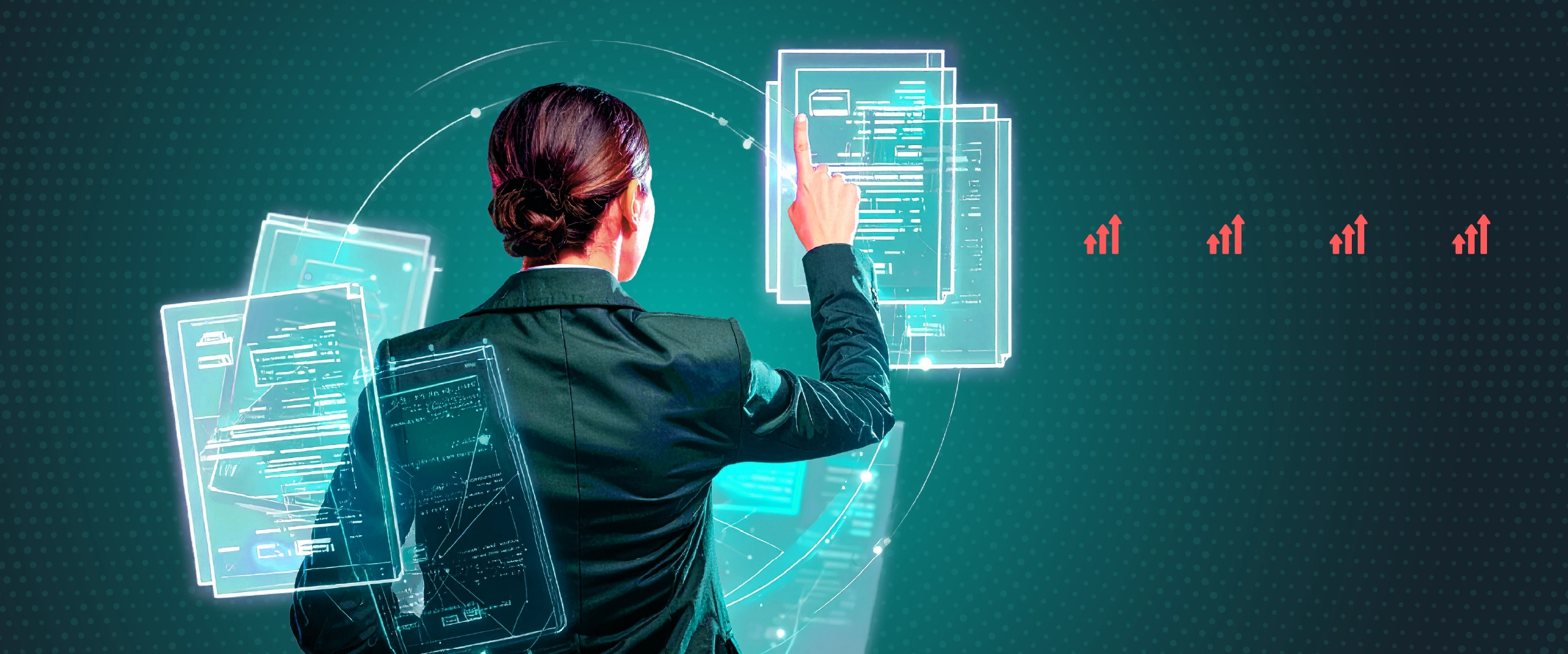⚡️ 1-Minute DISCO Download
Your guide to a successful ediscovery data migration
Legal data migration can seem tedious and time-consuming, but the benefits of switching to a better solution – data security, improved efficiency, ease of use, a true cloud-native solution – make the process worth it. (Especially when your migration is handled by DISCO's white-glove professional services team!)
Although each case is different, you can follow these universal best practices to ensure your data migration process is as seamless and secure as possible.
👉👉Learn about our current migration special. 👈👈
Ediscovery data migration best practices
Legal data migrations, particularly in the context of ediscovery, present unique challenges compared to traditional data transfers.
Ediscovery data contains sensitive legal documents, compliance-critical information, and metadata that must be preserved with utmost accuracy. Factors such as chain of custody, defensibility, and data integrity require specialized tools and expertise to ensure a secure and defensible migration.
Additionally, ediscovery data often resides in multiple formats across different platforms, making the migration process even more complex.
A key consideration of these migrations transferring case data from on-premise solutions to secure, scalable cloud environments, known as cloud migration. This transition streamlines collaboration and review processes while enhancing security and accessibility.
For a smooth and seamless migration, follow these best practices:
- Assemble a team of experts
- Conduct a comprehensive pre-migration assessment
- Develop a strategic roadmap
- Extract your data
- Ingest your data into your new platform
- Test and validate
1. Assemble a team of experts
Migrating your legal data can be a technical and complicated process, and familiarity with database components and structure is key.
Surround yourself with tech savvy stakeholders, project managers, software experts, and consultants who can assist with the most specialized parts of the migration. This can range from IT managers to litigation support and legal ops – but ensure that members of the team have a good understanding of your ediscovery database and know how to generate different types of data exports from it. Engaging subject matter experts from the outset of the migration can ensure that every step is strategically informed and prevents future setbacks.
2. Conduct a comprehensive pre-migration assessment
To ensure a seamless process, complete a thorough pre-migration assessment prior to starting your ediscovery migration. This assessment will include evaluating the scope, structure, and compliance requirements of your ediscovery data to mitigate risks and maintain data integrity.
Following these steps in your assessment will set your team up for success:
- Identify data scope. Assess, identify, and inventory which data needs to be transferred, the volume and format of the data, and the data components involved such as case files, secured files, metadata, tags, logs, user permissions, notes, etc.
- Evaluate your platforms. Analyze both the source and destination platforms to ensure compatibility, anticipate any challenges, and assess performance capabilities.
- Determine legal compliance requirements. Review relevant legal, regulatory, and security requirements to ensure that the migration process adheres to industry standards and maintains defensibility.
💡Pro tip: Prioritize which data needs to be migrated first. This helps identify the best exporting format so there is no loss or confusion on the import side.
3. Develop a strategic roadmap
Plan, plan, plan. A good ediscovery data migration roadmap for your project makes all the difference, and failure to have one in place can result in unwelcome costs, lost time, and even potential spoliation.
This plan will serve as a place where information about the migration can be maintained and tracked throughout the project lifecycle, including:
- Setting clear objectives and expectations
- Defining team roles, goals, and success metrics,
- Establishing a phased approach timeline and milestones
4. Extract your data
It’s finally time to extract your data! This process is critical to ensuring the safe and accurate transfer of your ediscovery data from its current environment to the new platform.
This phase aims to preserve data integrity, maintain accuracy, and ensure compatibility with the destination platform. When executed properly, it helps avoid any data corruption or loss and guarantees that all elements, from legal documents to metadata, remain intact and ready for migration.
Here are the key best practices to follow during this phase:
- Use reliable extraction tools that verify the data’s integrity throughout the process
- Document each step of the extraction process to maintain a clear chain of custody
- Identify the formats your data is in and ensure the extraction tools can handle them
- Ensure that all metadata associated with each file is preserved during extraction
- Avoid data redundancy and ensure only the necessary data is extracted
- Minimize disruption by planning for system downtime and scheduling the extraction during off-peak hours
5. Ingest your data into your new platform
Now that you’ve extracted all your data, it’s time to load it into your new ediscovery platform.
This involves mapping the extracted data to the destination platform’s required format and ensuring all relevant metadata is properly linked to the corresponding files. Additionally, it’s critical to validate the data during ingestion and prevent any discrepancies, looking out for things like:
- Data format compatibility
- Data integrity
- Preservation of metadata
- Platform performance
- Data search and retrieval
6. Test and validate
Congratulations! You are nearly done with your migration. Make sure to set aside time in the process to quality check your new database and ensure everything has been transferred successfully.
To confirm your data was correctly ingested into your new ediscovery platform, double check if:
- Work products like tags or comments were correctly transferred
- Images, native files, and text are displayed correctly
- Parent-child relationships were properly identified
- Metadata was loaded appropriately
- The document Bates range and page count match
Ediscovery data migration checklist
1. Find ediscovery data migration experts to help you execute your migration seamlessly
2. Assess data scope, evaluate your platforms, and determine legal compliance
3. Set objectives, define team goals, and establish a timeline
4. Extract and ensure data accuracy, integrity, and compatibility
5. Test data samples then ingest data into your new platform
6. Fully test and validate your data in the new platform
Summary
The ediscovery data migration process can feel daunting, but with the right approach and guidance from trusted consultants like DISCO's Professional Services team, you can navigate the transition smoothly while minimizing disruptions to your workflows.
By following key best practices like comprehensive planning, ensuring platform optimization, and validating data integrity, you can significantly reduce risk and avoid unnecessary complications. Even under tight deadlines and with unexpected challenges, the right strategy and support can lead to a successful and efficient migration.
Success story: Am Law 200 Firm Saves $10K/ Month by Migrating to DISCO
An Am Law 200 firm inherited terabytes of data when they took over a multi-million dollar construction dispute mid-litigation. In the face of multiple missteps and ballooning costs with their current ediscovery vendor, the team needed a better solution to efficiently get the case back on track.
Switching ediscovery vendors or platforms mid-case is rare. The firm knew that they not only needed a superior, cost-effective ediscovery platform, but also a strategic partner who could successfully migrate the data, safeguard data integrity, and ensure optimal platform usage. DISCO provided the ideal solution.
📄 Download the full case study here.
Switch ediscovery providers with ease
"The DISCO Professional Services team is world-class. They migrated a 2.3 TB matter from Relativity and had us up and running faster than we could have anticipated.."
– Jessica Wehby, Director of E-Discovery, Support, Lightfoot LLP
Ready to switch providers? Moving to DISCO Ediscovery has never been easier. With our limited-time migration special, DISCO’s white-glove Professional Services teams do the work of migrating your data for you, including:
- One month of free hosting for your initial month
- Up to 50% of your per-GB rate with your existing provider
- No charge for services related to migrating your data
- Ten additional hours of complimentary work from our Professional Services team to recreate configurations from your previous platform.
- Unlimited seats and access to our cutting-edge AI solutions
Learn about our current migration special.
Take the headache, cost, and risk out of switching from your current platform: Book a meeting.






%20(1).jpeg)








